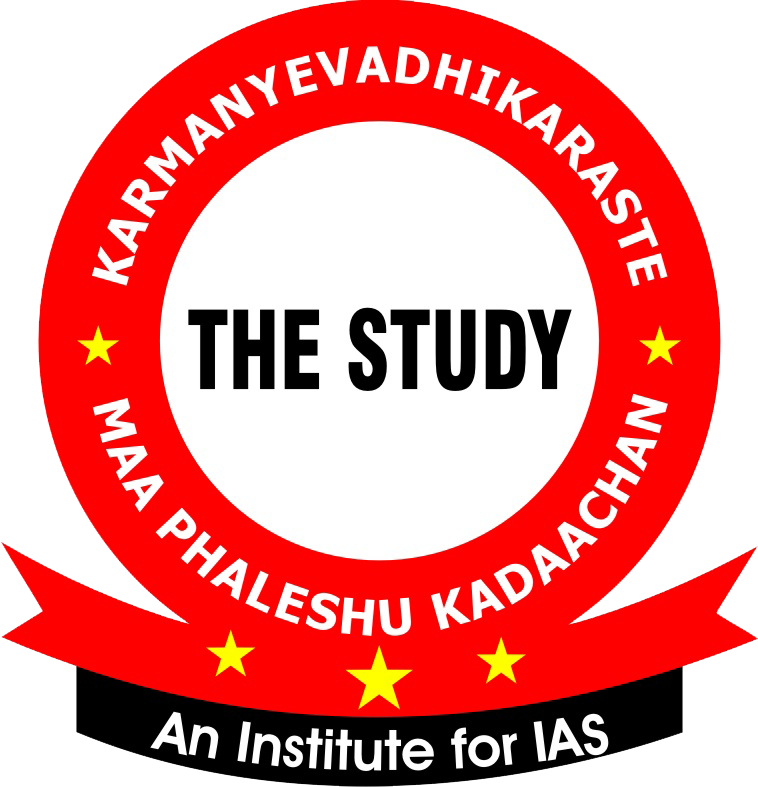Aug. 12, 2022
Four Tribal Rebellions in the Maiden Speech of President Draupadi Murmu
Why in News?
- In her maiden Address to the nation, President Draupadi Murmu has mentioned four tribal rebellions, namely Santhal, Paika, Kol and Bhil rebellions. She has told that these tribal rebellions strengthened the role of tribal people in the National Movement.
Santhal Rebellion (1855–56)
- Santhal rebellion was the most important tribal revolt of the 19th century which started in 1855.
- The Santhal tribe lived between Bhagalpur and Rajmahal hills. Discontent was growing among Santhals due to injustice and oppressive treatment by British. The Santhals themselves cleared the forests of the Rajmahal hills in 18th and early 19th centuries, but now the zamindars and moneylenders of plain regions were grabbing their land by force and indebtedness.
- Apart from this, they had to pay revenue for their own land and if they did not pay, they were subjected to inhuman treatment. They were also feared by the commencement of railway line work in these areas because most of the Santhals had to be performed forced labour and also they were paid meagre amount.
- By 1854, discontent among these tribals reached at its peak. Taking inspiration from the Kol rebellion, the tribal chief organised gathering and planned for rebellion. In this sequence, about 6 thousand representatives of 400 tribal villages gathered in Bhognadih on June 30, 1855 and it was decided to launch a revolt to expel outsiders (dikus), to overthrow foreign power and establish their rule which would be based on justice and religion.
- The two Murmu brothers Sidhu and Kanhu, the prominent leaders of the rebellion, declared that Thakur ji had commanded them that this country no longer belongs to the British. So take up arms for freedom. Thakur ji himself will fight on our side.
- Sidhu and Kanhu also got the support of their two brothers Chand and Bhairav and two sisters Phulo and Jhano.
- The Santhals were the first to revolt against immediate exploiters like zaminadrs and mahajans. But this rebellion came close to British also. They attacked everything which was associated with British rule and the means of exploitation of colonial power, like offices and institutions. But the British government took military action to suppress this rebellion. Martial law was implemented in these areas and rewards were kept for capturing their leaders.
Paika Rebellion
- The Paikas were the traditional militia of Odisha who received tax-free land from the king in return for their military services. They had hereditary rights on these lands and used to cultivate. Orissa was taken over by the British Company in 1803, and the Raja of Khurda was removed from the throne. Due to this action, Paikas lost their job and power and through this, British created deep discontent among them.
- At the same time, exploitative land-revenue policies of the British Company gave rise to discontent among the zamindars and peasants. The hereditary rent-free lands of the Paiks were occupied by the Company and started collecting land revenue from them forcibly. The price of salt was raised, the local currency, cowrie was abolished and taxes were asked to be paid in silver coins. Paika farmers were badly affected by these developments.
- Bakshi Jagabandhu Vidyadhar was the commander of army of Khurda’s king. In 1814, the company forcibly snatched Killa Rorang from Jagabandhu which was his ancestor fort. Due to this, he was filled with anger against the company. Then in 1817, when a group of Khond people came to Khurda, the local people rebelled. Jagabandhu led this rebellion. By 1818, this rebellion turned to be waned. Jagabandhu surrendered in 1825 and the rebellion was suppressed. After this, the British Company adopted a liberal policy towards them due to this rebellion of Paiks.
- On its 200th anniversary in 2017, it was given the status of 'First Indian Freedom Struggle' by the Government of India.
Kol rebellion
- The revolt of the Kol tribe took place in the Chotanagpur region of Jharkhand state. In 1822, the British government imposed a tax of four annas on a local drink, called 'Hadia'. As a result, tribals were deeply dissatisfied. In 1830, excise duty was also implemented and from 1827, opium was forcibly cultivated in these areas. The British also tried to make them weak by divide and rule policy. Apart from this, land of the Kolas was given it to the Muslim farmers and Sikhs, which became the main reason for this rebellion.
- In 1831, the Kolas organized a revolt which was led by Sindrai Manki and Bindrai Manki. Further, a tribal religious leader Buddha Bhagat took over the leadership. Under his leadership, a movement was started against foreign rule, local zamindars and dikus (outsiders).
- Tribals went to the forest with grain and their livestock and continued their struggle against the British for five months. To suppress this revolt, the British government made this area a separate unit for the Kolas named 'South-West Frontier Agency' and declared this area as a ‘non-regulation district’.
Bhil rebellion
- The primitive tribe of Bhils lived in the Khandesh district of the Western Ghats. Between 1812 and 1819 these tribals revolted against their new master, the British. Company officials said that this rebellion was encouraged by Peshwa Bajirao II and his representative Trimbakji Danglia.
- In fact, agricultural exploitation and fear of new government were the main reasons for this rebellion. The British army was engaged in suppressing it. But instead of being afraid, Bhils became more enraged, especially when they came to know about the failure of the British in Burma.
- In 1825, they revolted under the leadership of Sevaram. In 1831 and 1846 the revolt resurfaced which proves that this movement was quite popular. Later a reformer Govind Guru organized the Bhils of South Rajasthan and helped them fight against the British till 1913.
*****

